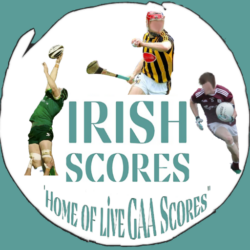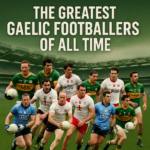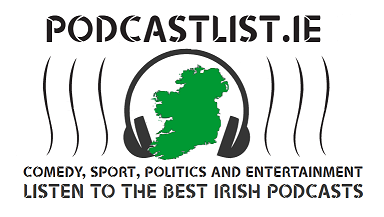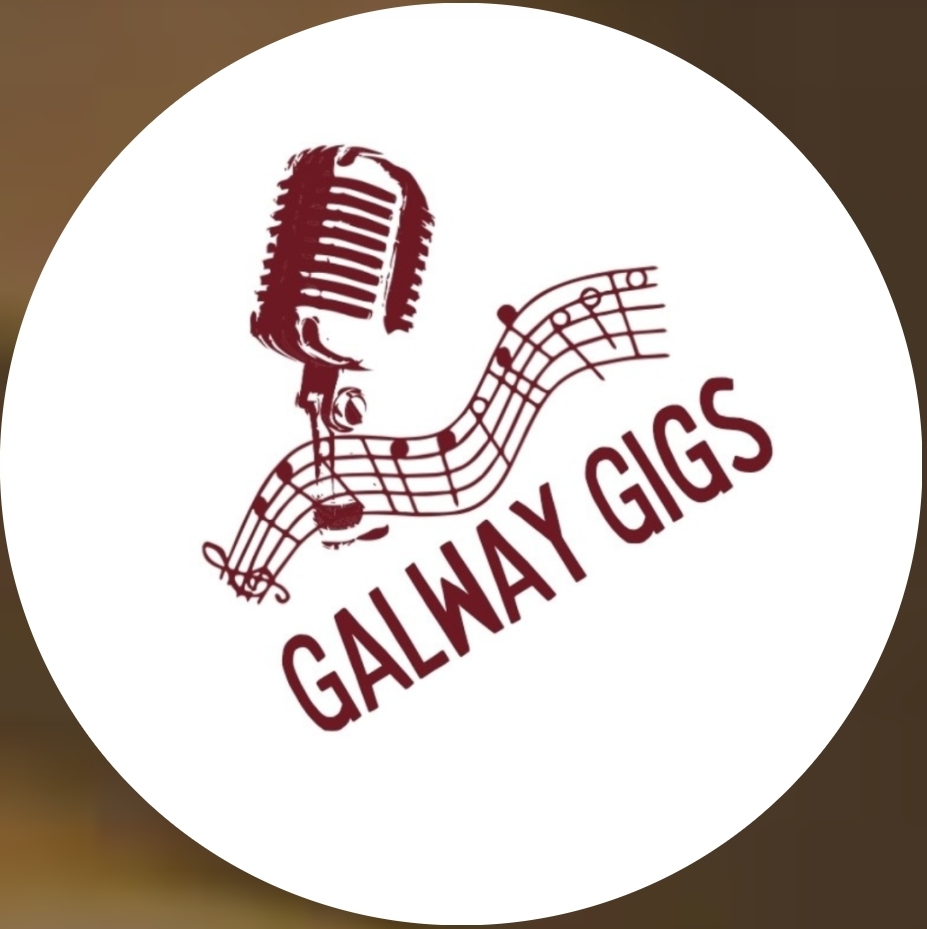The Gaelic Athletic Association has grown in popularity over the past decade increasing the level of games, especially football across all counties. The 2025 season has been fierce in competition, with teams and athletes from diverse backgrounds. Regardless of GAA being primarily connected to Irish heritage, the games’ influence spread beyond the island, gaining acceptance in the United States, the UK, and Australia. The development of the Gaelic Football League drew the attention of some well-established clubs across the world.
This season was the turning point in the Gaelic football scene. GAA reformed the game by introducing player development programs, an increased focus on mental health support for players, and implementing modern strategies on the field. With this, GAA put themselves on the football map with improved quality of football played as well as taking care of the well-being of the athletes who commit themselves to the sport. Alongside came the much-desired media coverage that introduced the sports to a wider audience and influenced the popularization of the league.
Lately, a surprising, or at least interesting, progress happened with the involvement of Hull City in Gaelic football. Stronger ties were formed when the famous club from Kingston began supporting Irish football from the ground up. Hull City’s embrace of Gaelic football might initially seem unusual, considering the sport’s Irish roots and the club’s primary focus on the English league. However, this alliance makes sense considering that sports became part of the much broader trend of connecting the nations and mixing different cultures. Hull City is widely known for its tight connections to the community which expanded the interest in EFL betting, so reaching out to the GAA resulted in growing acceptance and confirmation of the sport in the UK. The club is also known for its international initiatives connecting sports beyond borders.
The diaspora of Irish immigrants has always been one of the driving factors behind the sport’s growth globally, with the GAA diaspora clubs in places like New York and Melbourne becoming important hubs for Gaelic sports. The vast Irish community in the United States led to forming the USGAA in 1987 promoting football and hurling. In Australia, Irish immigrants established football clubs like the Sydney Swans and Melbourne Demons that further promoted Gaelic games. Promoting GAA is just one good side of the popularization of the sport. Furthermore, Irish athletes were able to lift their games to the international level, increasing the competition among clubs while gaining experience. However, the GAA managed to stay devoted to its roots promoting amateur athletes and tending to new talents.
Counties like Dublin, Kerry, Mayo, and Tyrone are typically referred to as the driving force behind the sports’ progress. Even though the new clubs are emerging around the globe, these clubs will continue to dominate, setting the bar high for the newcomers.
Dublin’s reign in GAA is undisputed even with the popularization of the sport. With multiple All-Ireland titles, their dominance will likely continue in the following years. Still, staying on top might be a bit of a challenge with all the new clubs forming across the pond and in Australia. Sure, its amateur spirit will continue to thrive, but could make it increasingly difficult for Dublin to maintain its dominance.
Kerry is looking to regain the All-Ireland title with the perfect mix of young talented players and some more experienced ones. Players like David Clifford, who has been exceptional in recent seasons, will continue to have a crucial role in driving his team to the top.
Despite all the losses and mishaps, Mayo remains one of the most consistent clubs in GAA. However, the ace up their sleeve has been the talented youth that many believe could change the course for the club.
Tyrone won the 2021 title, but since then the club seems to be in a steady decline. However, the team has always been considered unpredictable since they were able to deliver top-notch games when least expected. Investing in younger players could help them to stay relevant in the league.
Management shifts could play a central role in the future of GAA. In recent years, top counties have taken notes from professional football leagues in implementing new tactics in order to raise the quality of the games. Frequent changes in coaching strategies and experimenting with new approaches have been instrumental in expanding sports beyond the island. Reviving a new approach could be the needed spark to expand Irish sports even further.
As for the 2025 season, the football championship seems to be in limbo. The major competitors remain Dublin, Mayo, and Kerry, but some less-known clubs with new tactics and management might throw us a surprise. In all, the landscape of Gaelic football in 2025 will be one that rewards adaptability, fresh ideas, and willingness to introduce new strategies.








